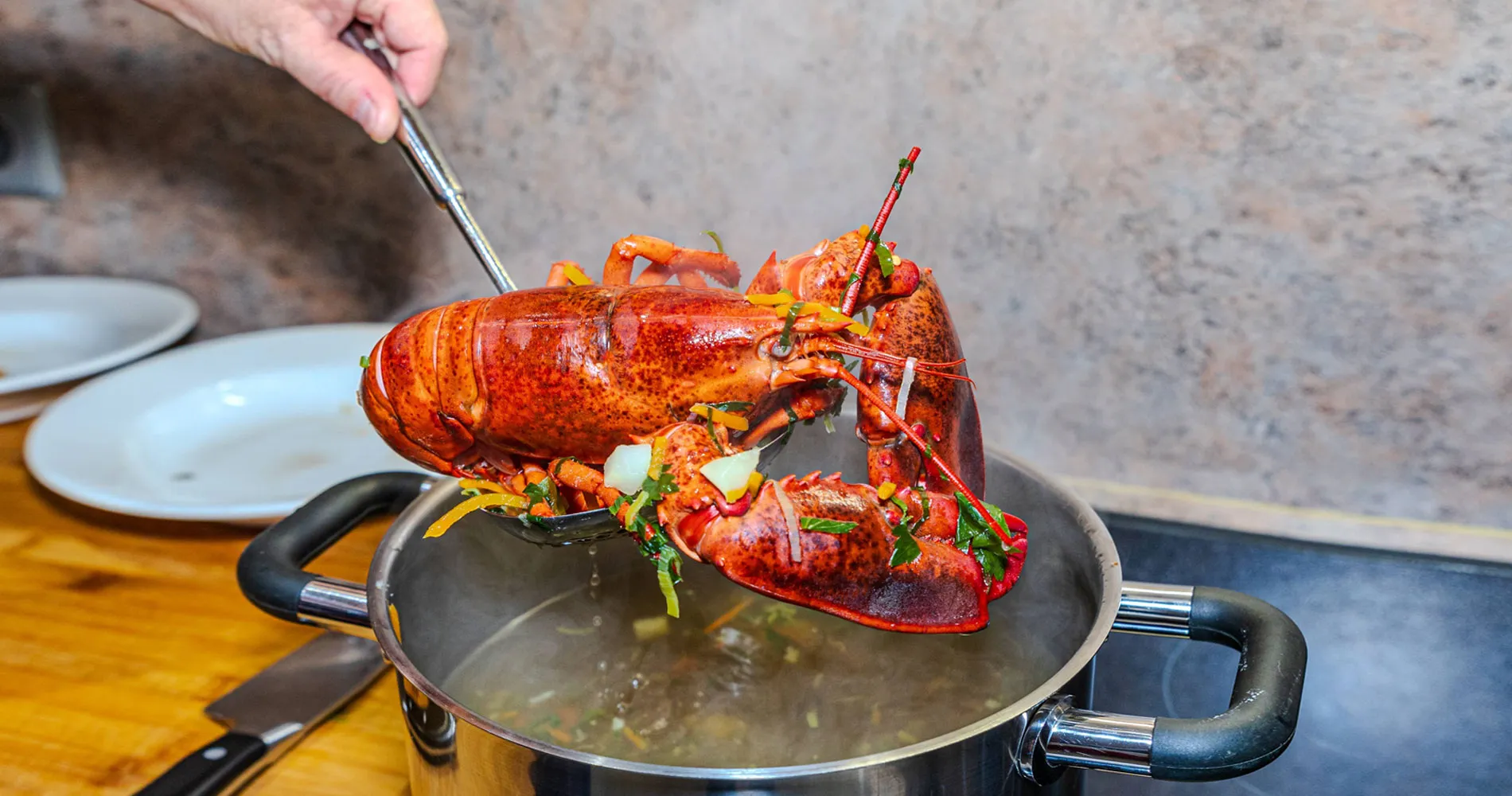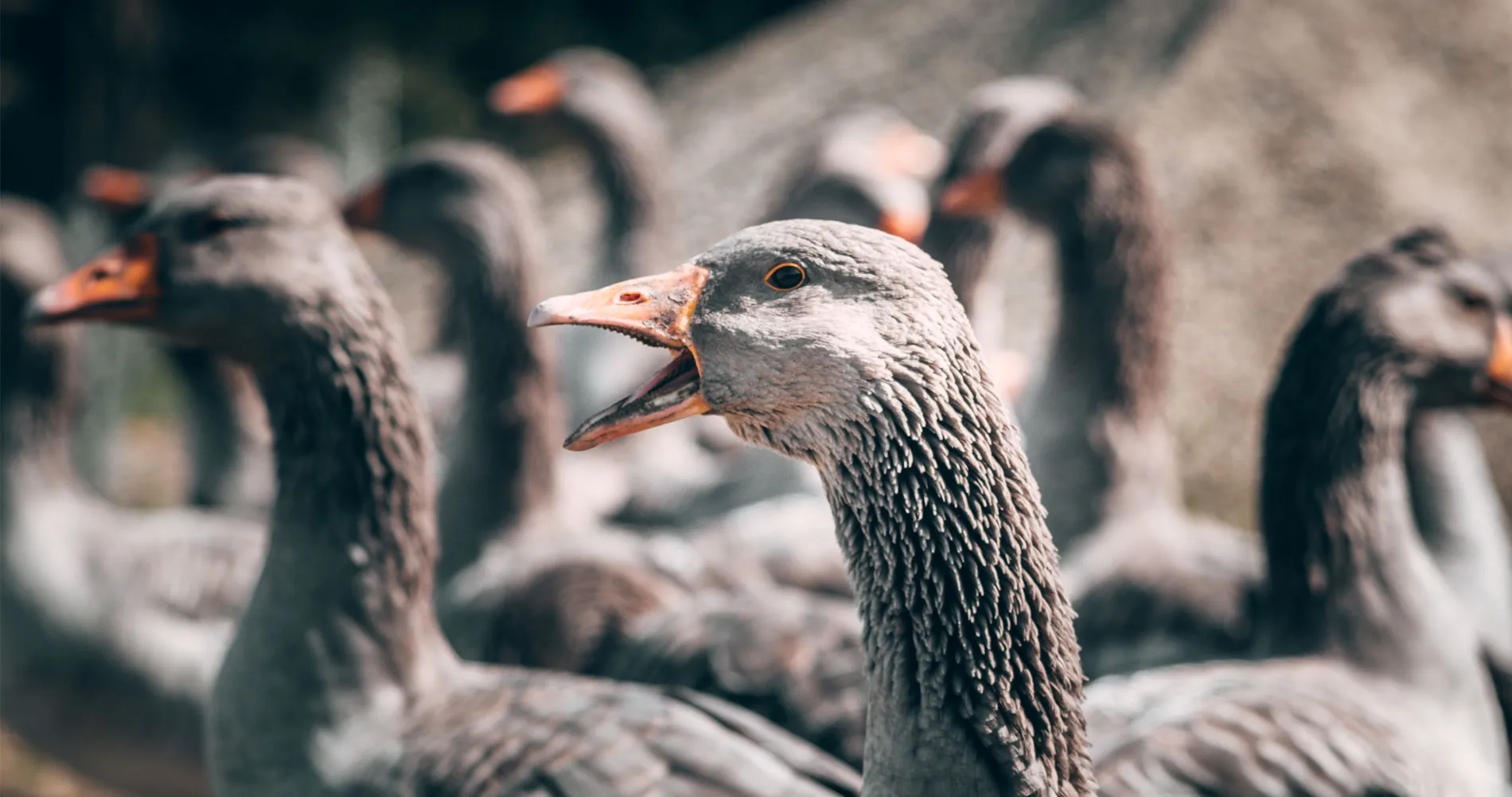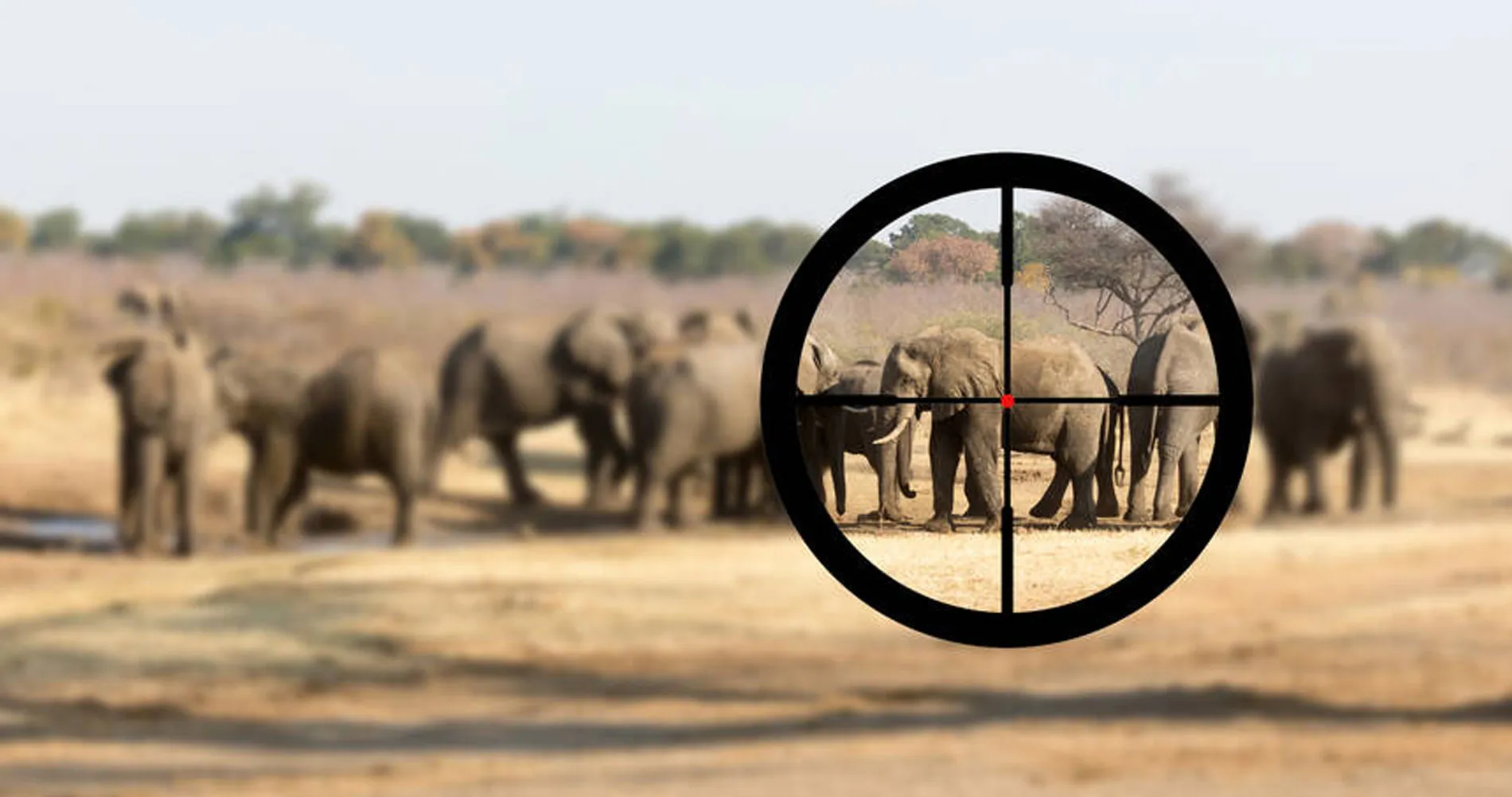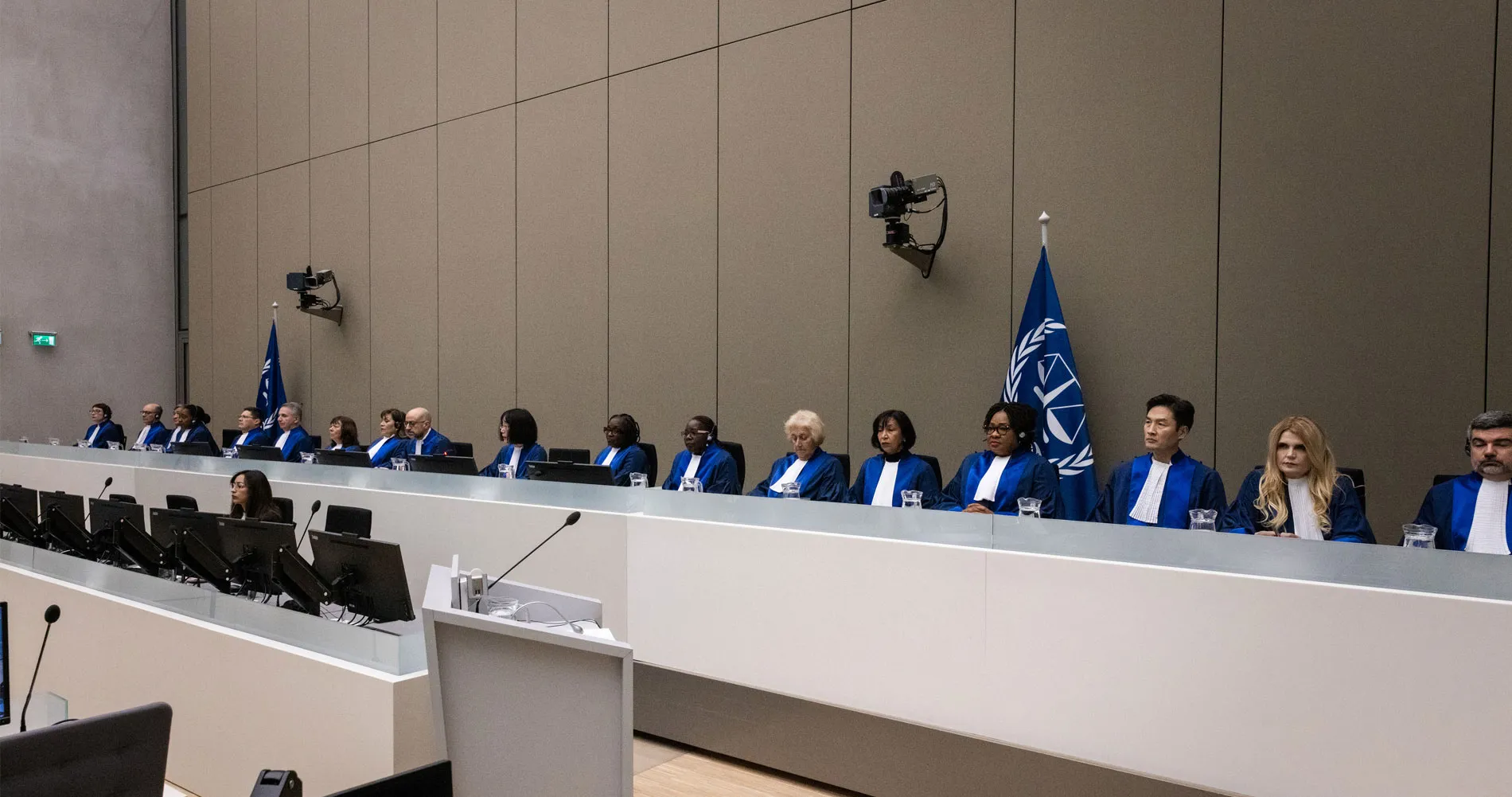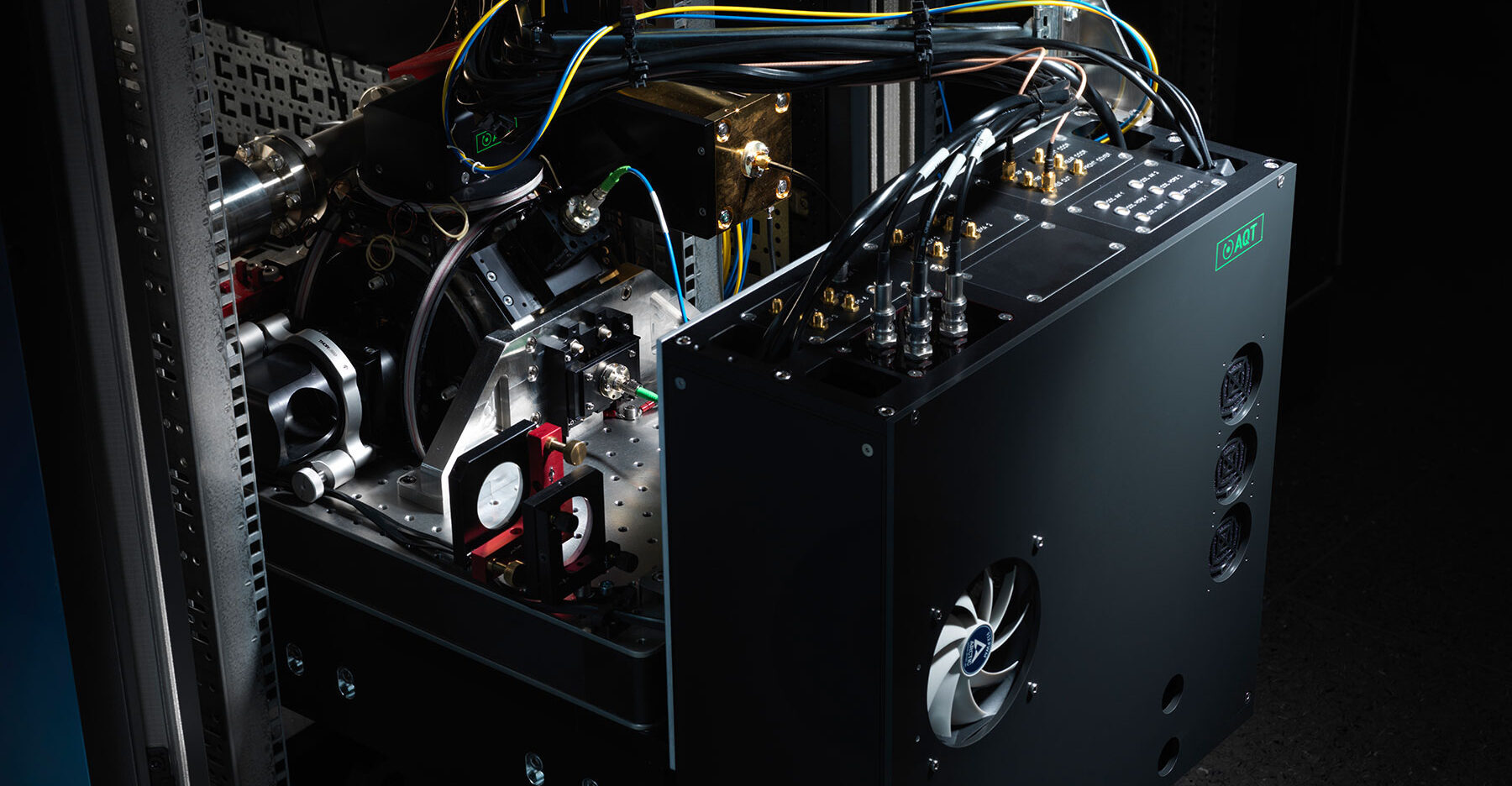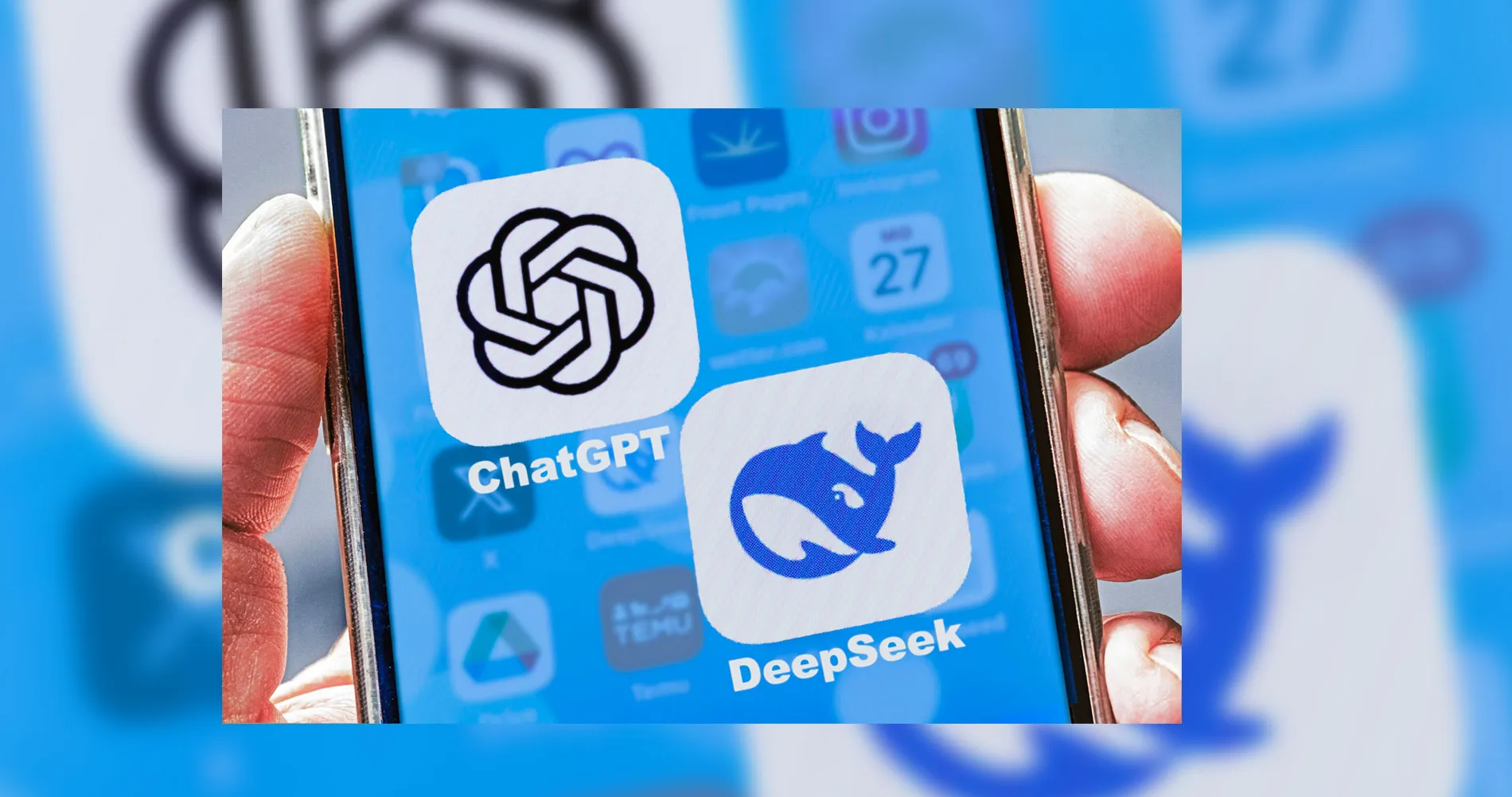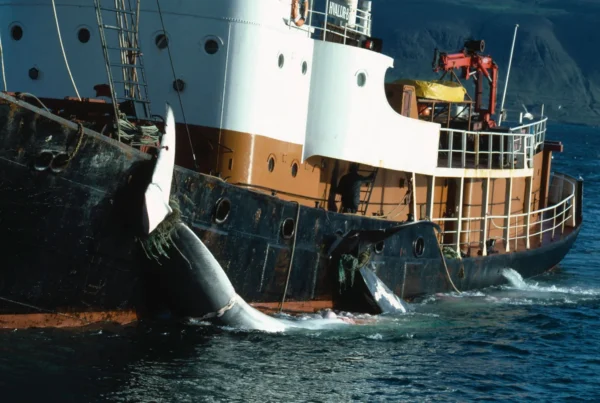Boiling lobsters alive, chopping crab legs off living crabs, overcrowding crustaceans in tanks. Animal welfare legislation does not protect these animals from this cruel fate. Why? Because of the belief that crustaceans, such as crabs, lobsters and shrimp, are incapable of feeling pain. A new revolutionary study has proven that the opposite is true. Not only do crustaceans feel pain, but they also remember and learn from past painful experiences. These animals are not merely reactive creatures but sentient beings.
Lukas Barcherini Peter
17 February 2025
French version | German version
For many years, crustaceans were assumed to lack the capacity to feel pain due to their decentralized nervous system. Unlike mammals, which possess a centralized neural system, consisting of brain and spinal cord, crustaceans rely on ganglia. These ganglia are clusters of nerve cells distributed throughout their bodies. This setup was thought too simple to allow for the complex processing required for subjective pain. Their reactions to harmful stimuli, such as pinching or chemical exposure, were traditionally considered reflexive—automatic, unconscious responses to avoid immediate harm. However, these assumptions may no longer hold true.
In their groundbreaking study, researchers from the University of Gothenburg selected shore crabs as a representative species, as their physiology and behavior closely mirror that of other crustaceans (Kasiouras E, Hubbard PC, Gräns A, Sneddon LU. Putative Nociceptive Responses in a Decapod Crustacean: The Shore Crab (Carcinus maenas). Biology (Basel), October 2024).
The Swedish study was the first study to provide crustaceans with neural measuring devices. The crabs were subjected to controlled tests involving mechanical and chemical stimuli. Mechanical pressure was applied to soft tissues, while weak acids were used to chemically stimulate mucous membranes. Electrodes, similar to those used in an EEG (Electroencephalography) recorded electrical activity in the crabs’ nervous systems, offering a detailed view of how these stimuli were processed. An EEG is a method to record the spontaneous electrical activity of the brain.
The results of the study were surprising. The scientists proved that crustaceans have nociceptors–or pain receptors. Before this study, it was assumed that crustaceans did not have these pain receptors, which are present in the human body.
The EEG test demonstrated that neural responses varied significantly depending on the type of stimulus. Mechanical pressure elicited short but intense bursts of activity, while chemical stimuli triggered prolonged, lower-intensity responses. This distinction suggests that the crabs’ nervous systems process different types of harm in contextually appropriate ways rather than having a one-size-fits-all reflex. This complexity mirrors how higher animals, including humans, process pain-like signals.
The findings included evidence of learning and memory in the crabs’ behavior. After experiencing harmful stimuli, the crabs actively avoided areas or situations associated with those experiences. For example, a crab exposed to discomfort and injury in a specific location would subsequently avoid returning to that spot. This behavioral adjustment indicates that crabs remembered the experience and adapted their actions to prevent future harm. Reflexes, by contrast, do not involve memory or learning.
The study also documented deliberate protective behaviors. Crabs engaged in grooming or rubbing motions on areas exposed to noxious stimuli, actions that resemble attempts to alleviate discomfort. The crabs preferred tolerating minor harm to avoid greater risks, such as predation. This ability to weigh risks and costs implies a level of cognitive processing that extends beyond automatic reflexes.
These findings align with other scientific studies suggesting that crustaceans are not merely reactive organisms but possess a degree of sentience. These studies have shown that crustaceans exposed to irritating substances, such as acetic acid, often engage in protective actions or display preferences to avoid the source of harm.
However, while the evidence strongly suggests that crustaceans experience pain-like sensations, whether they feel pain as humans understand it remains uncertain. Pain in humans involves not only the detection of harm but also emotional and cognitive components that make the experience unpleasant. The current findings indicate a level of processing in crustaceans that challenges their traditional classification as insentient but stop short of fully equating their experience with the pain felt by mammals, including humans.
Crustaceans remain excluded from animal welfare legislation, despite mounting evidence that this carveout is obsolete. Practices such as boiling lobsters alive, declawing living crabs, or overcrowding them in tanks persist, largely because these animals are not legally recognized as sentient beings. For example, the European Directive 2010/63/EU does not protect decapod crustaceans despite behavioral and neurological studies consistently demonstrating their capacity for complex responses to harm. Similarly, in many countries, fishing and aquaculture industries operate without ethical guidelines to reduce the potential suffering of crustaceans.
This legal oversight continues despite growing scientific support for their sentience. Studies, including the recent one by scientists from the University of Gothenburg, provide compelling evidence that crustaceans exhibit pain-like behaviors and neurological responses like those observed in vertebrates.
In some jurisdictions, progress is already being made. In 2019, The United Kingdom, for example, amended its animal welfare laws to include decapod crustaceans, recognizing their capacity for suffering based on scientific evidence. This development suggests that policy evolves to reflect the expanding understanding of animal cognition and sentience.
The newest findings underscore the profound implications of recognizing crustaceans as sentient beings, necessitating significant changes in their treatment across industries. From adopting more humane methods of slaughter to rethinking housing and handling practices, this recognition demands an ethical shift in societal attitudes and legislative reform.
The Swedish study highlights the urgent need to update outdated policies and practices, emphasizing that addressing these gaps is not only a scientific imperative but also a moral obligation.


